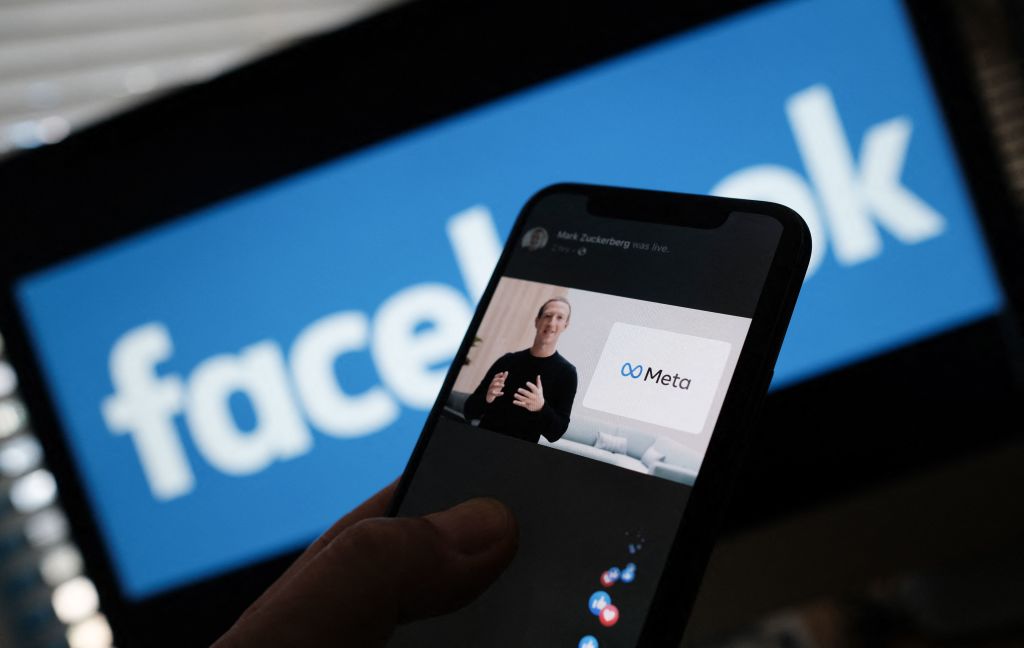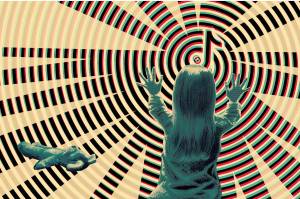The modernist movement in the arts got underway around the start of the last century, encouraged by Ezra Pound’s exuberant exhortation to “Make it new!” Somewhat less attention was paid to making it good, as if what was new was inevitably good — better, indeed, than everything that had come before it.
Barrels of printers’ ink were expended on the subject in the so-called “little magazines” of the period on both sides of the Atlantic, not all of it wasted; much of the relevant critical commentary was very intelligent and interesting indeed.
Modernism as a concept and an aesthetic was less successful in music, painting, the plastic arts and architecture than in literature — though again, some of the work it inspired was very good. But modern artists and intellectuals from the early 1900s down almost to the end of the century (Professor Jeffrey Hart of Dartmouth College and the Canadian critic Hugh Kenner come to mind) credited it with a socially creative power that provided a wide variety of choice and an abundance of independence in the social and eco- nomic spheres, as well as in the artistic and intellectual ones.
It was Gabriele D’Annunzio and Pound who introduced the cult of modernism into politics in the form of fascism, in a strange fusion with its opposite: social, political, intellectual and spiritual conformity. Thus, without ever intending the results, they were also helping to create the conditions in which modernity’s principal contribution to civilization — totalitarianism — was able to arise and flourish. Mere aesthetics and intellectual fads alone were insufficient to accomplish this feat. In combination with another powerful development of mainly Western origin, however, they were able to get the job done. That development, of course, was modern technology.
Postmodern man, even more than modern man, is characterized by an obsession with technique, technology and their multifarious products, from weapons of mass destruction to the sophisticated gadgets that were conceived as a sort of toy but which had the potential to be something at once more serious and far more sinister. Among the most significant of these are the now ubiquitous handheld devices that facilitate communication, connection, identification, surveillance and tracking. All of them are of use to humanity as an intensely social species, but also to the class of people that lusts for total control of their fellow human beings for the purpose of reforming, re-educating and directing them in the mass collaborative project of recreating the world to conform with some ideological model or another. This class has grown larger than ever in the twenty-first century — and increases in number with every year that passes.
Today, there is enormous concern across the political spectrum — some of it genuine, some of it manufactured — about the ability of social media to exercise a distorting and dangerous influence on democratic politics through their manipulation by cranks, liars, idiots, the ignorant and the depraved, the mischievous, the malevolent, frauds, scammers, con men, hucksters, shysters, criminals and terrorists, as well as — especially — one’s political opponents, who generally and conveniently belong to all of the above categories. The contribution made by such antisocial cretins to the national discourse is the phenomenon known as “fake news,” a purportedly existential danger uncovered by President Obama while he was still in office and widely decried by liberals as the twenty-first century’s equivalent of the Spanish Inquisition or Senator McCarthy’s anti-communist witch hunt in the 1950s. “Experts” in every field touching on public policy and those august personages recognized as “public intellectuals” agree that fake news, as it is disseminated largely by illiberal users of Facebook and Twitter, is chiefly responsible for the polarization of contemporary politics. Nevertheless, people everywhere in the world have become mindlessly enamored of the pestiferous products of the Apple corporation and its competitors.
It may well be that totalitarian societies of the future will be driven less by political ideology than by the determination of the idolaters of digitalism to realize to the maximum extent possible the potential and allegedly endless possibilities of postmodern technology. A digital totalitarian regime could be established for the sake of technology viewed as the greatest good and final end of all human effort, rather than on behalf of some theoretical ideal of a perfect human society. Indeed, every totalitarian system up until now has been at least in part an experiment in creating a world made safer for technological advancement and the physical products of technological-industrial technique than for the future of human beings and of human happiness.
Whether there would be any substantial difference between the two utopian alternatives is, of course, uncertain. It seems more than probable, however, that humanity will get the chance to learn the answer, and sooner — it may well be — than later. Though perhaps, self-isolated in its billions of individual digital cocoons and in the metaverse, the human race will neither know nor care.
This article was originally published in The Spectator’s August 2022 World edition.


















